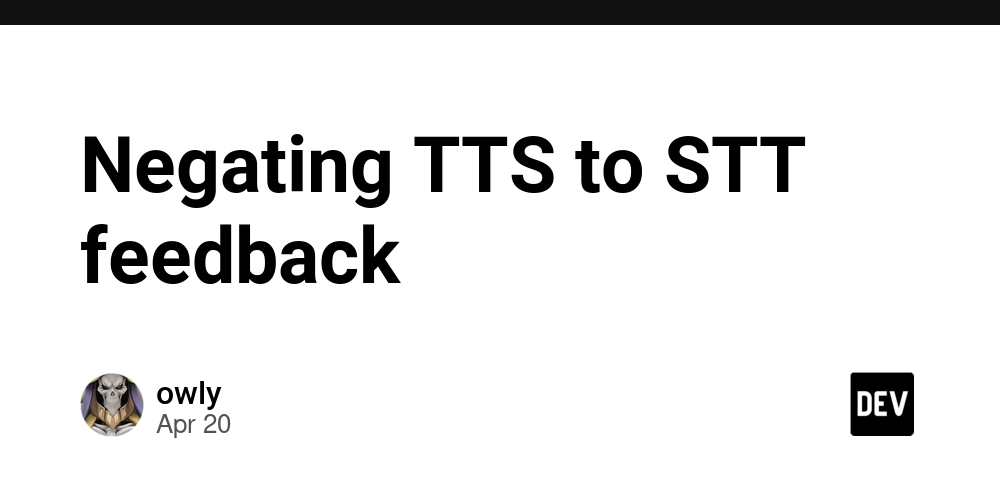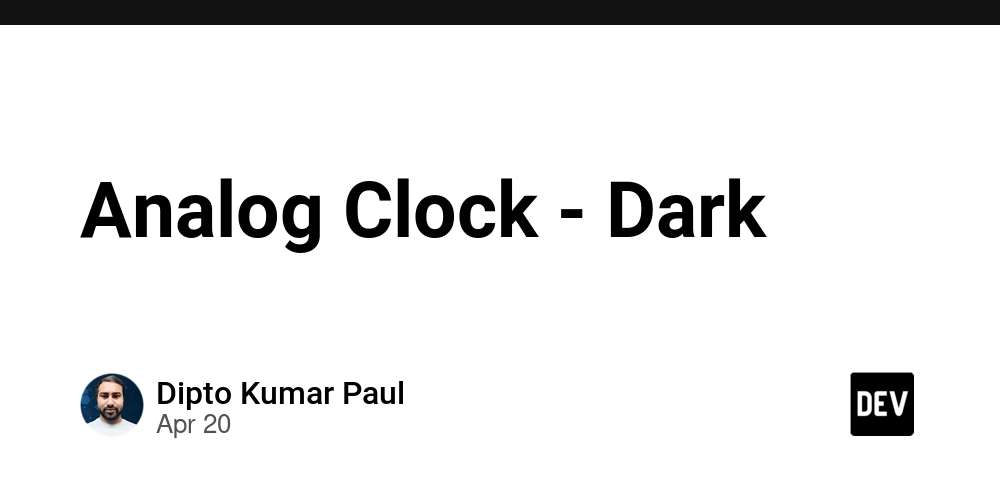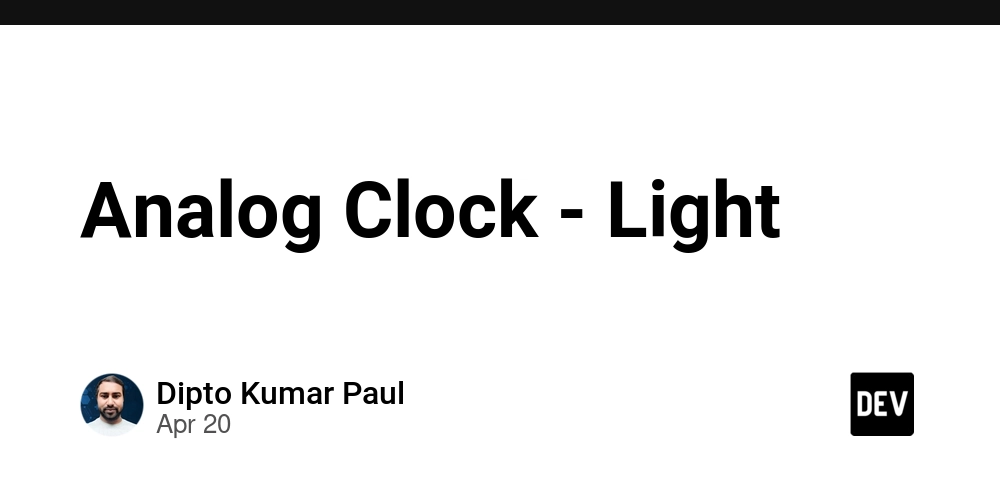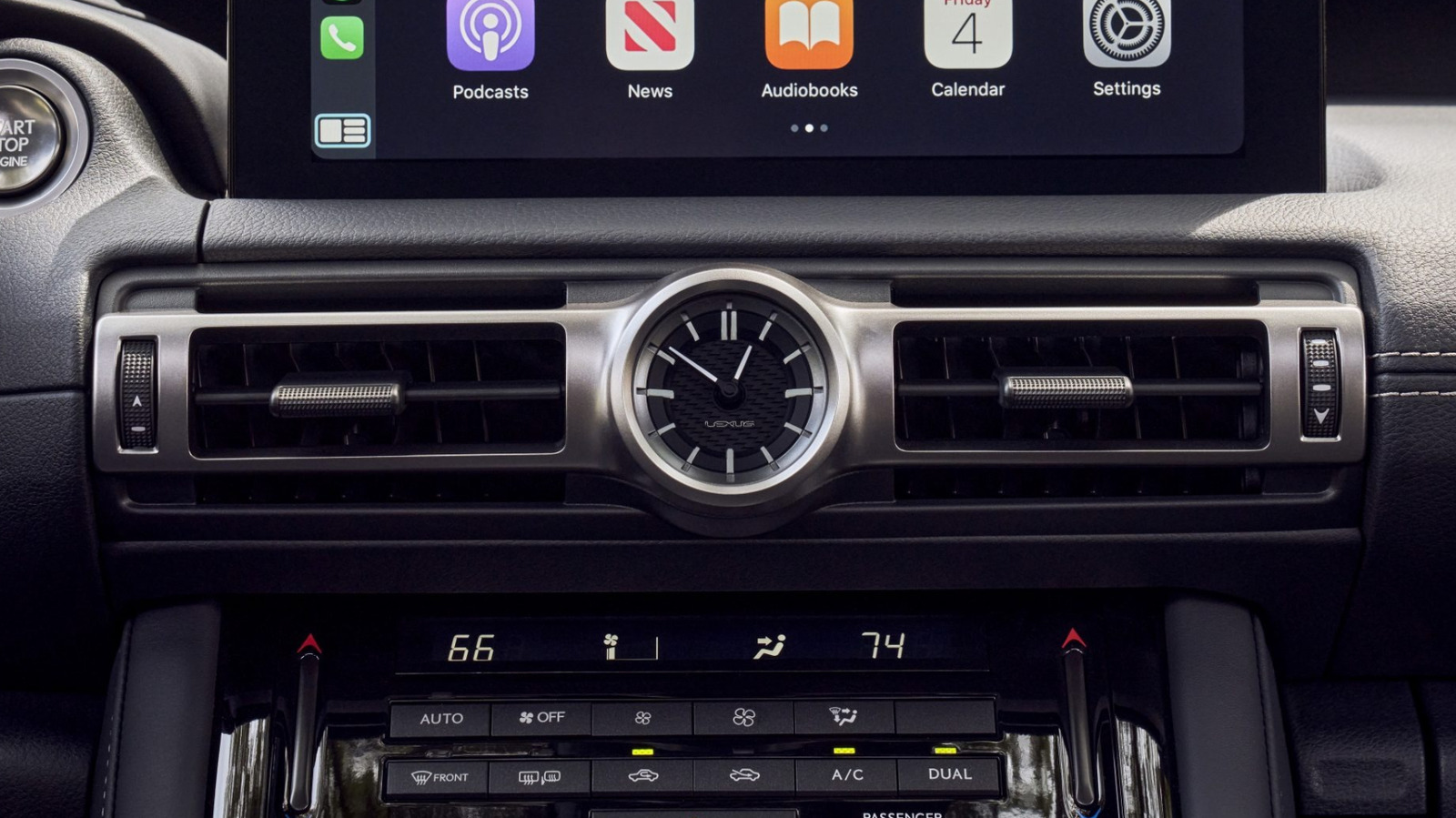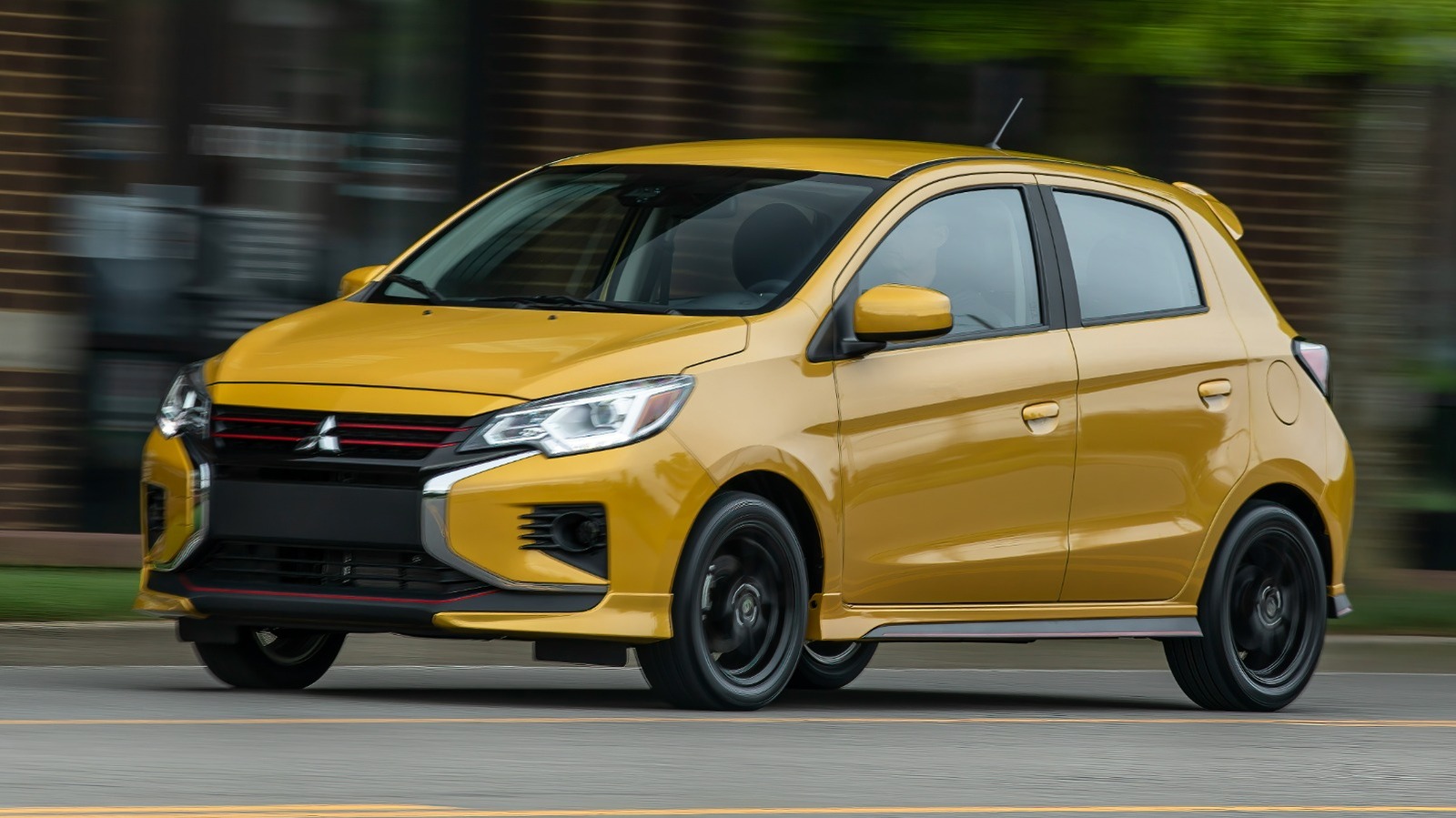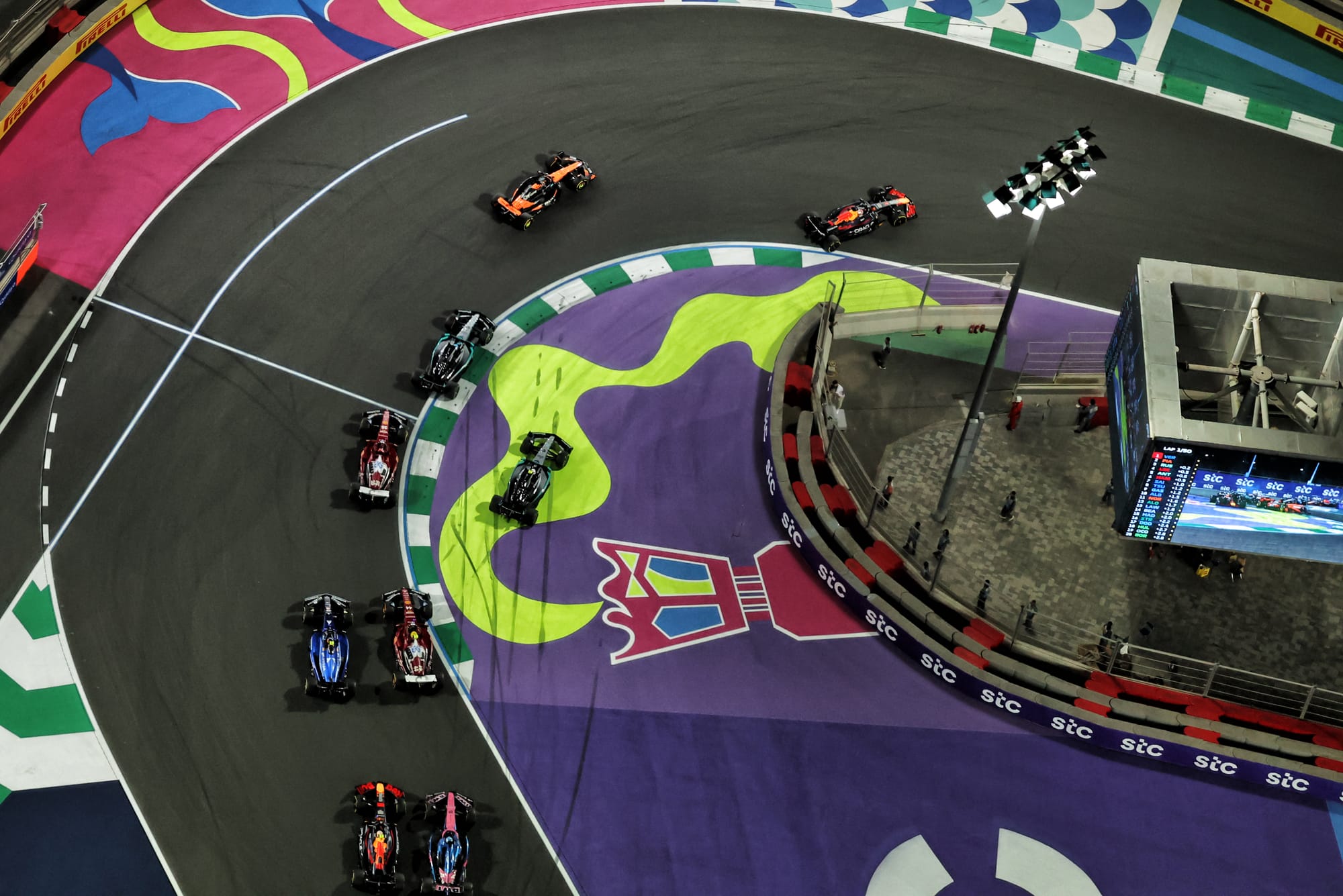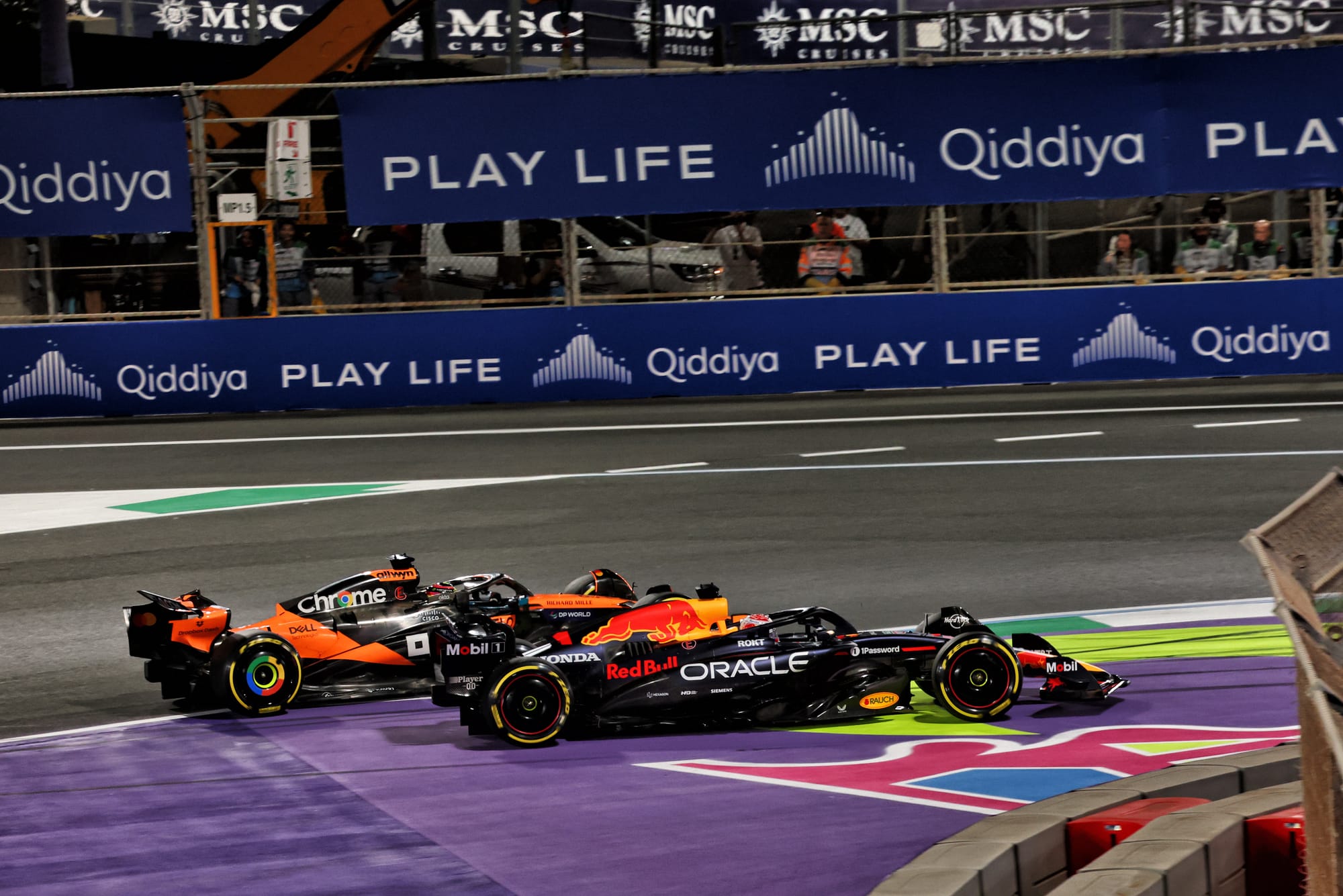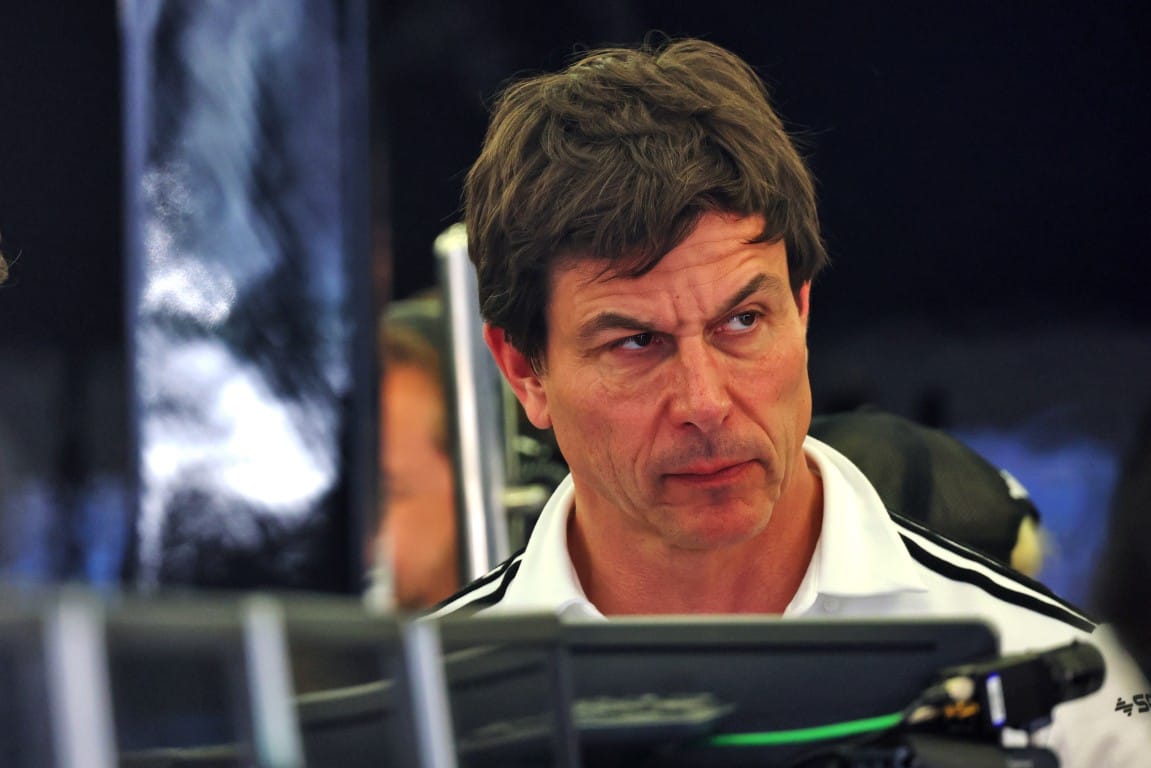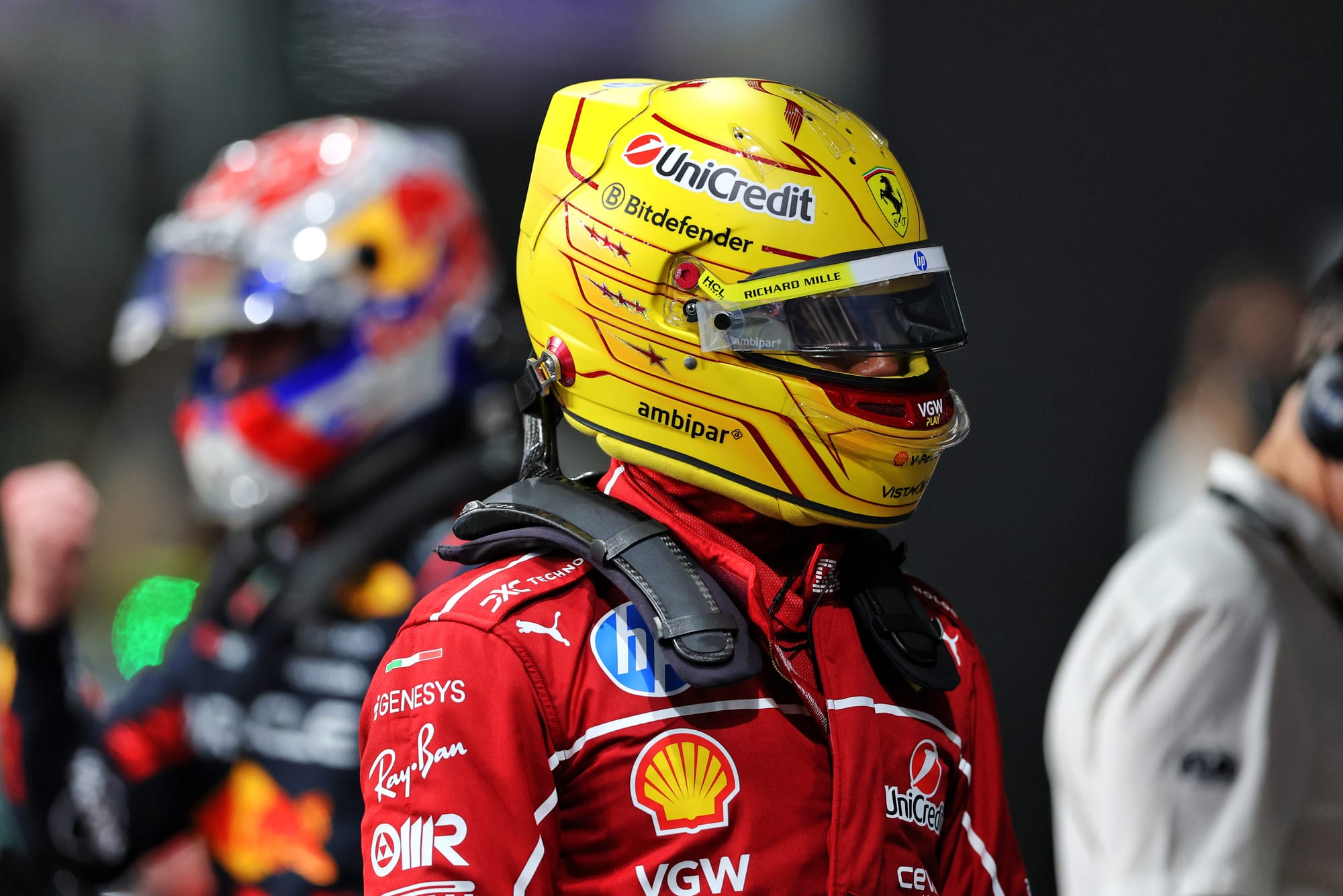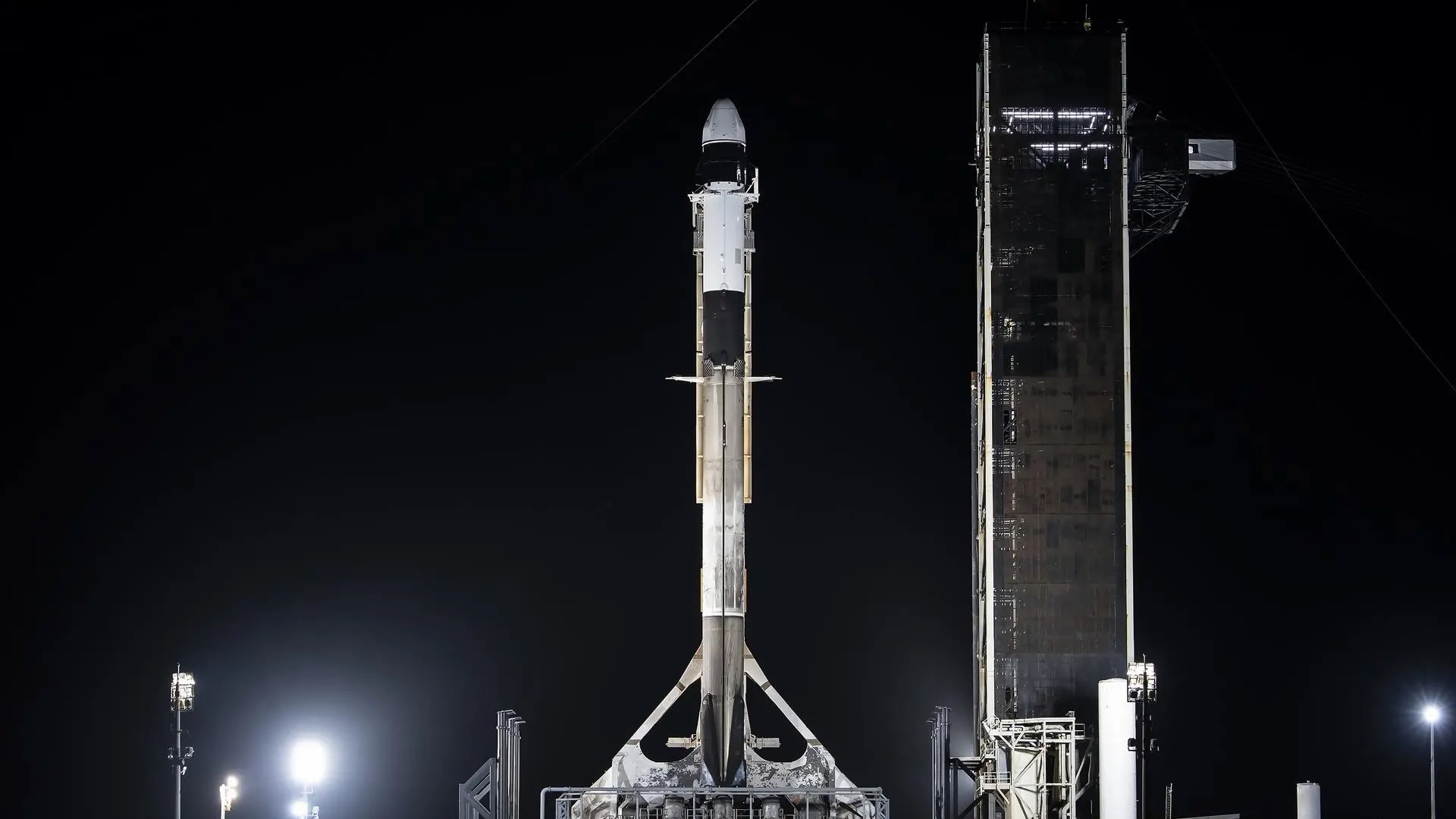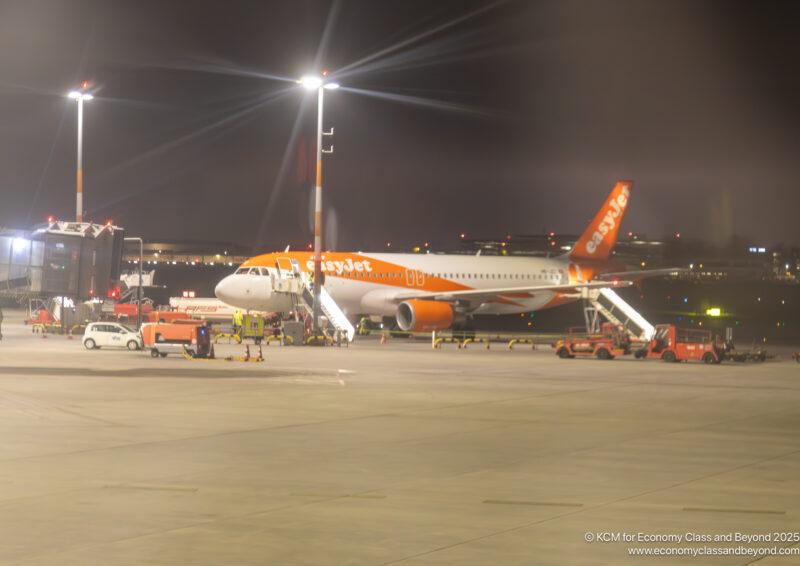Our trackside verdict on every 2025 F1 car at the Saudi GP
Watching trackside, Jeddah's mix of slow and fast corners told us plenty about the 2025 F1 cars
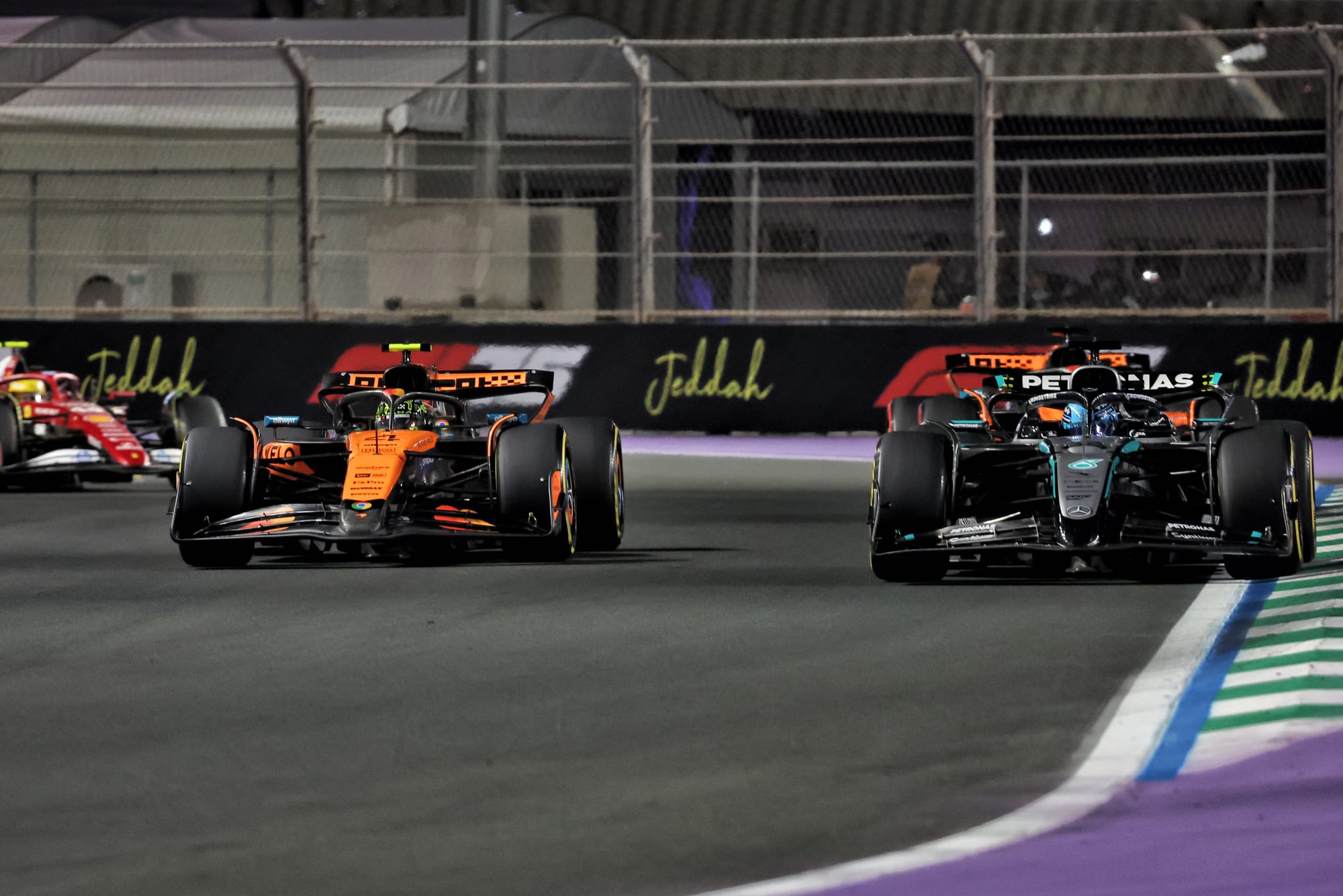

Even five rounds into the 2025 Formula 1 season, there's plenty you can learn from seeing the teams' cars up close and personal.
During FP2 for the Saudi Arabian Grand Prix, Scott Mitchell-Malm and Edd Straw headed out trackside and found themselves with dramatically different vantage points, even though they were separated by only 10 metres.
Thanks to the proximity of the Turn 1-2 left-right combination, in which most drop into third gear, and the far quicker Turn 22-23 left-right, taken in fifth gear, this offered the chance to compare the 10 different chassis in two very different types of corner.
Here are the verdicts based on watching with the naked eye, with Mitchell-Malm focusing on the slower-speed performance and Straw the quick stuff.
McLaren
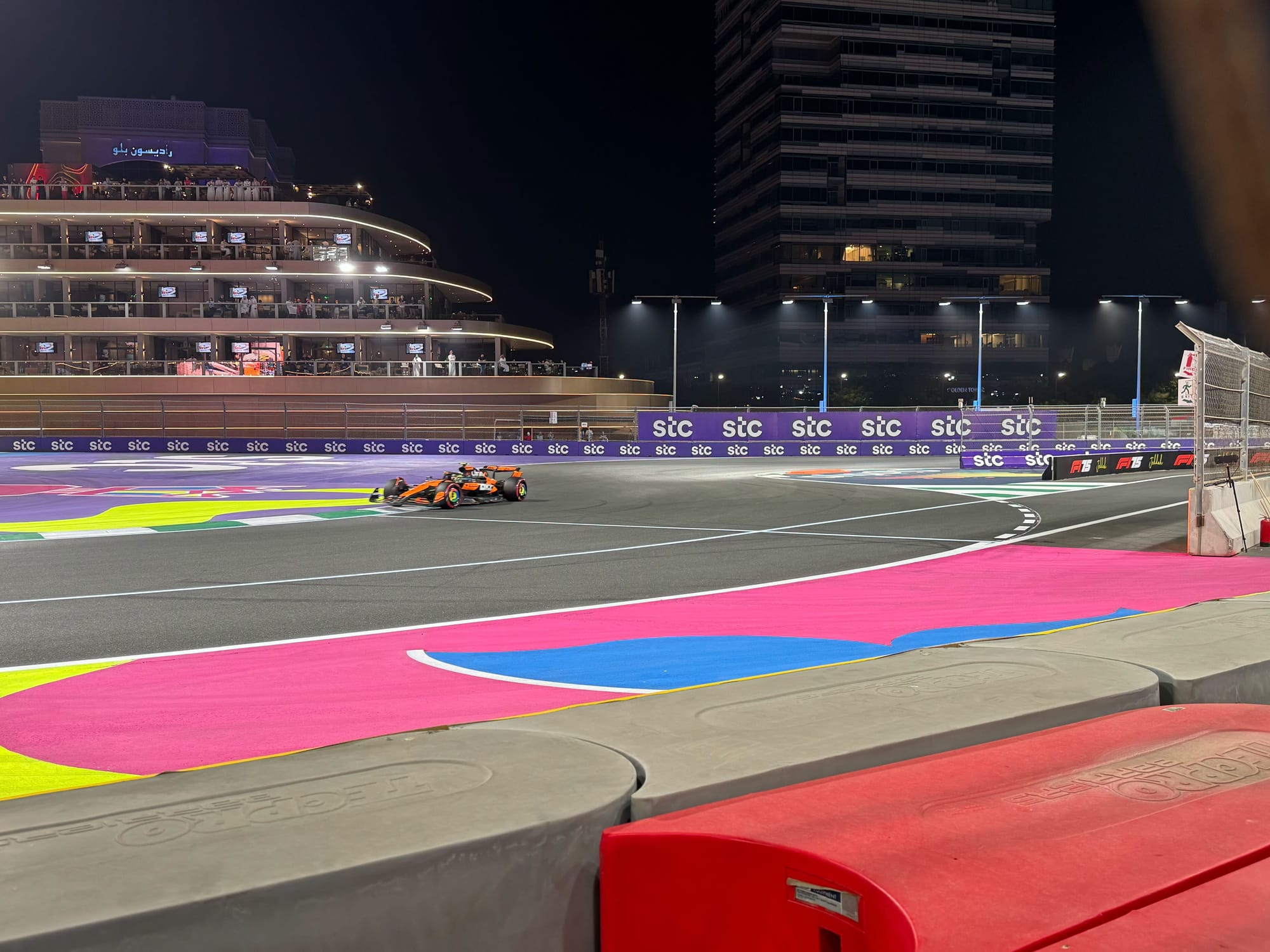
Slow-speed corners
The most notable McLaren trait in the first runs in FP2 was how much more aggressive both drivers were over the apex kerb into Turn 1 than their rivals.
It was audible every time, that’s how hard they hit it, but the car seemed to take the shock quite well and it gave both a nice trajectory through the second part too. Maybe this was necessary with a car that is slightly weaker at low speed relative to medium and high speed corners, but the tactic was slightly less pronounced once they switched to softs.
Perhaps the added grip of the tyre let them get the car in and rotated without help from the kerb, but whatever the reason, it looked neat and tidy - with a faster approach through Turn 1 at the cost of a slower Turn 2, but a good time gain overall.
High-speed corners
Unsurprisingly, the McLaren looked the best car in the fast stuff. But it also consistently grabbed the drivers’ attention in the transition from Turn 22 to Turn 23, with the rear end perhaps a little light and therefore occasionally a little further over to the right than ideal.
Equally, late in the session Norris showed he could run close behind Yuki Tsunoda in the dirty air without losing ground.
Ferrari
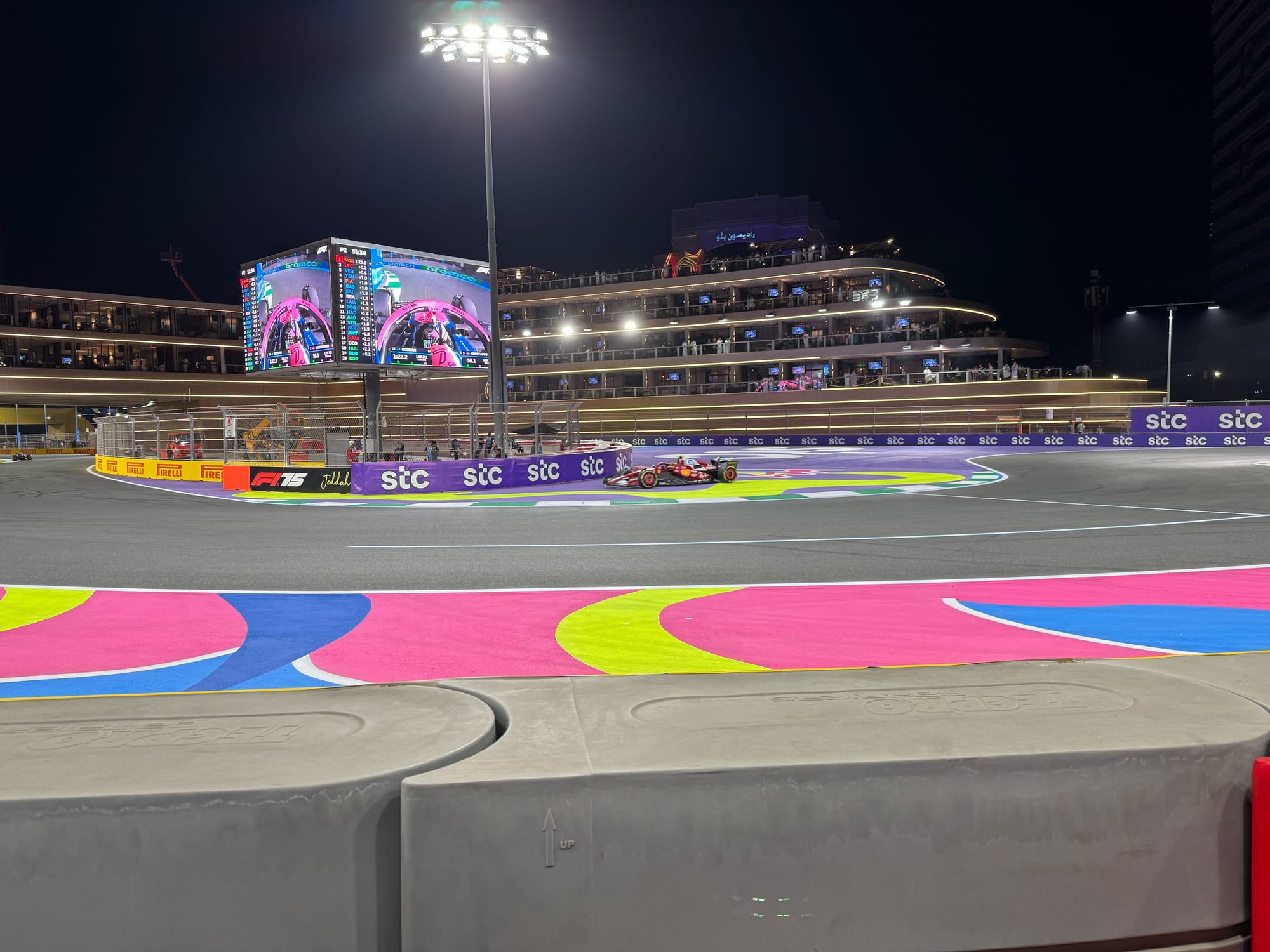
Slow-speed corners
‘Squirmy’ was the word that first came to mind watching the Ferraris early in FP2 and nothing about the session changed that by the end.
Lewis Hamilton was one of the drivers to go deep into Turn 1 early, and he never seemed comfortable here, going fully across the run-off not long after. Charles Leclerc was not fully happy either, although had more joy coaxing some laptime out of the car at the second or third attempt on both compounds.
High-speed corners
Perhaps the most eye-catching thing about the Ferrari was the difference between the two drivers.
While Leclerc was relatively consistent, although with occasionally moments in the middle of Turn 22 where the car was sliding a little more than he’d like, Hamilton had moments on turn in when the car appeared to respond almost too much, causing him to shed more speed, as well as occasions when the car slid mid-corner.
That suggests the struggle with rear instability remains, which in itself wasn’t a surprise, even though the extent of the difference between the two was.
Red Bull
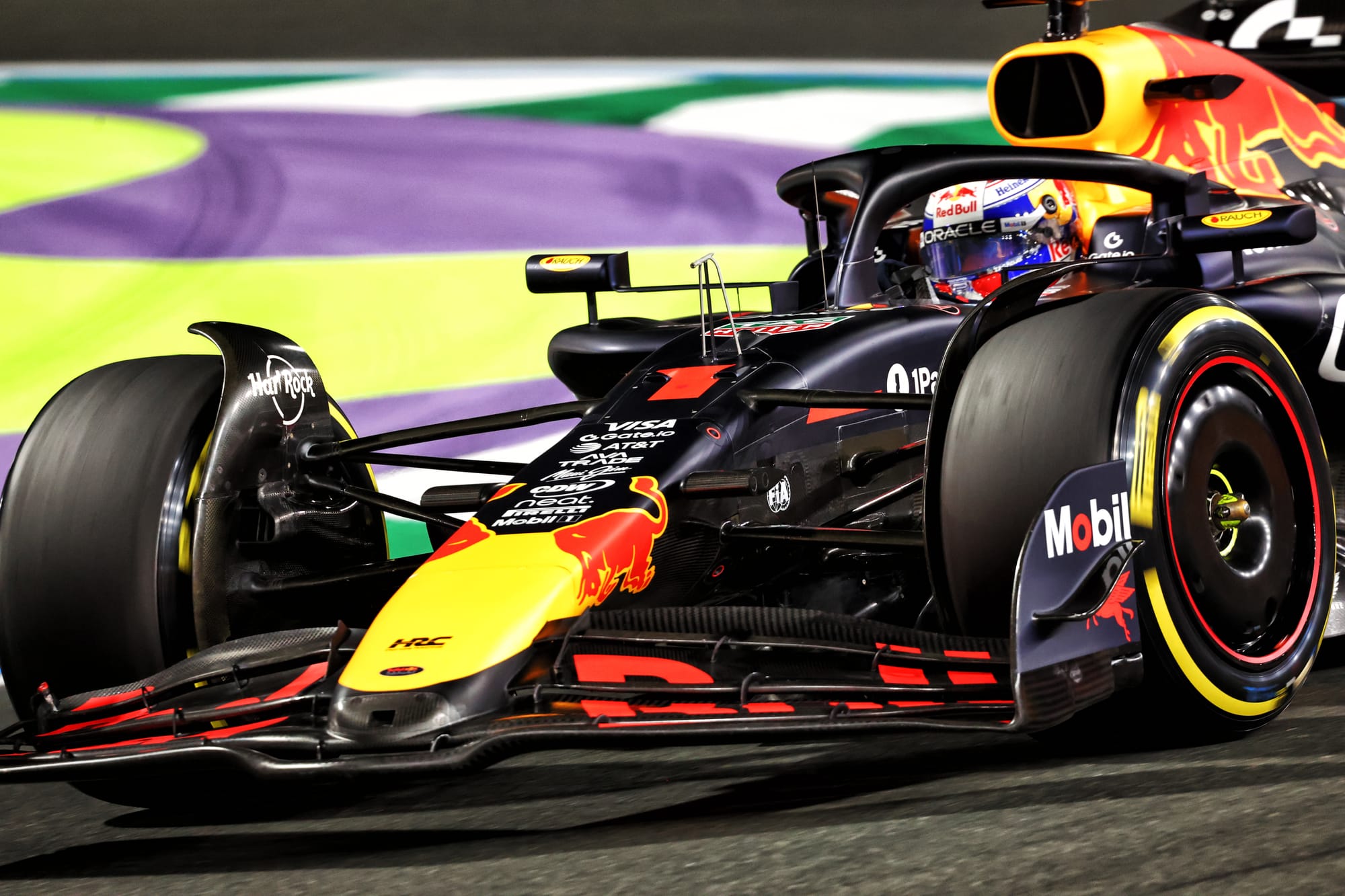
Slow-speed corners
At least on the softs, and in Max Verstappen’s hands, the Red Bull looked a clear second best through Turns 1 and 2.
Verstappen caught quite a big mid-corner slide on the mediums, but was a lot more hooked up on the softs. Conversely, Yuki Tsunoda looked pretty close to his team-mate on the first runs but weaker on the softer compound - he aborted his first lap after running too deep into Turn 1, and that seemed to prompt a little more caution the second time by.
Still, this car looked a lot more settled than it has at other times this season.
High-speed corners
Although the Red Bull sparked markedly at entry to Turn 22 at times, but the car didn’t appear to respond as dramatically to this as the Mercedes does.
Any unsettling effect was quickly calmed, and although Max Verstappen couldn’t carry the speed of the McLarens through here, the RB21 was very well behaved through the second part of the left/right, meaning back hard on the power quickly.
Mercedes
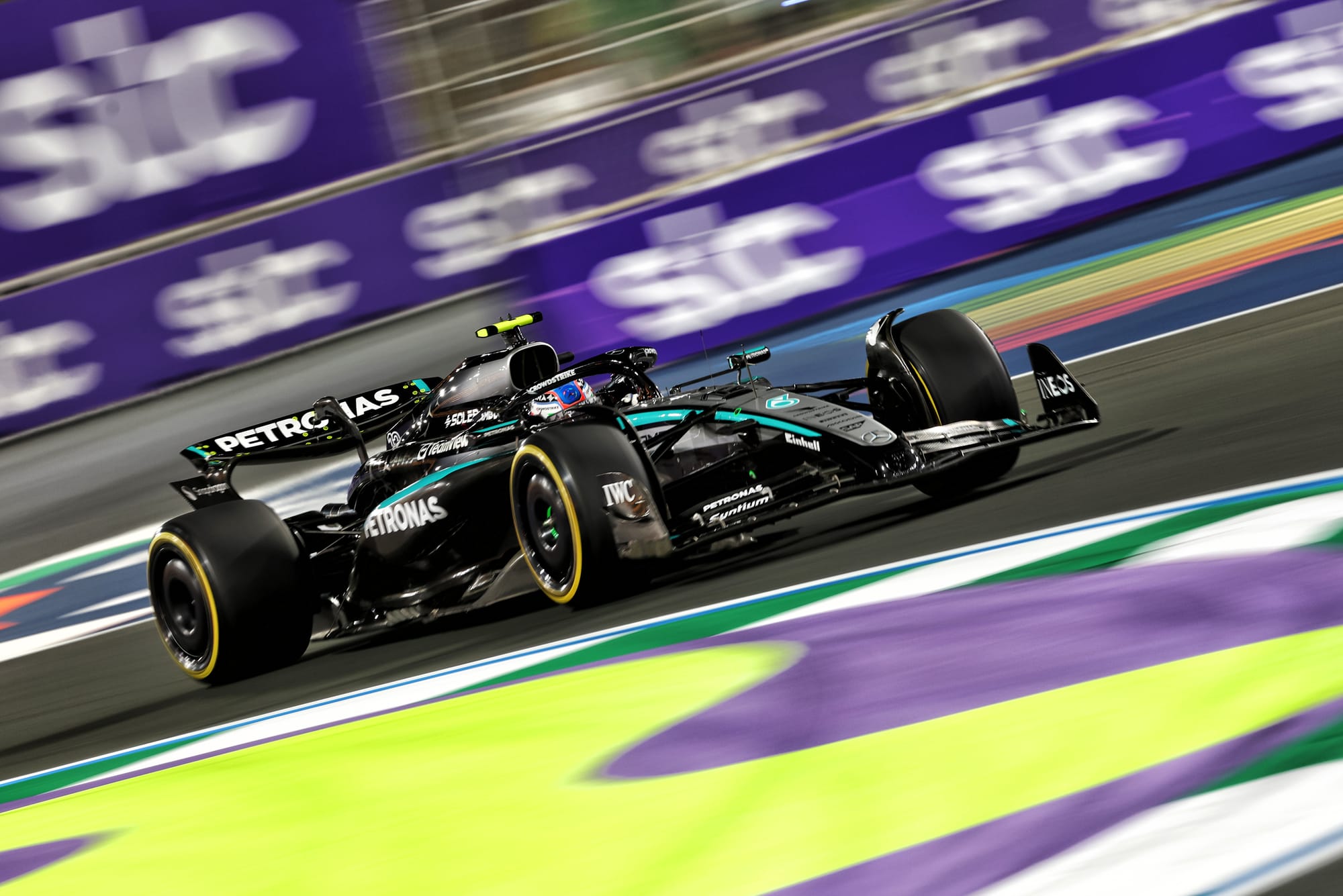
Slow-speed corners
Observing from the outside of Turn 2, the Mercedes has never looked so unimpressive this season.
It was ungainly, awkward, and caught both drivers out. The fact Kimi Antonelli first appeared into view with a lock-up and trip onto the run-off was a throwback to its weakest moments in pre-season testing.
It looked like a car running too low and getting unsettled. Switching to the softs seemed to help, but that could just have been the grip of the tyre masking some of the bad traits.
High-speed corners
At around the 50-metre board entering the Turn 22 left-hander, there were some slight bumps that provoked a disproportionate reaction from the Mercedes.
While the car turned in responsively enough, the unsettling effect was carried into the corner, which wasn’t good for consistency. This gave the impression of a car that’s very much the fourth-best of the lead group.
Aston Martin
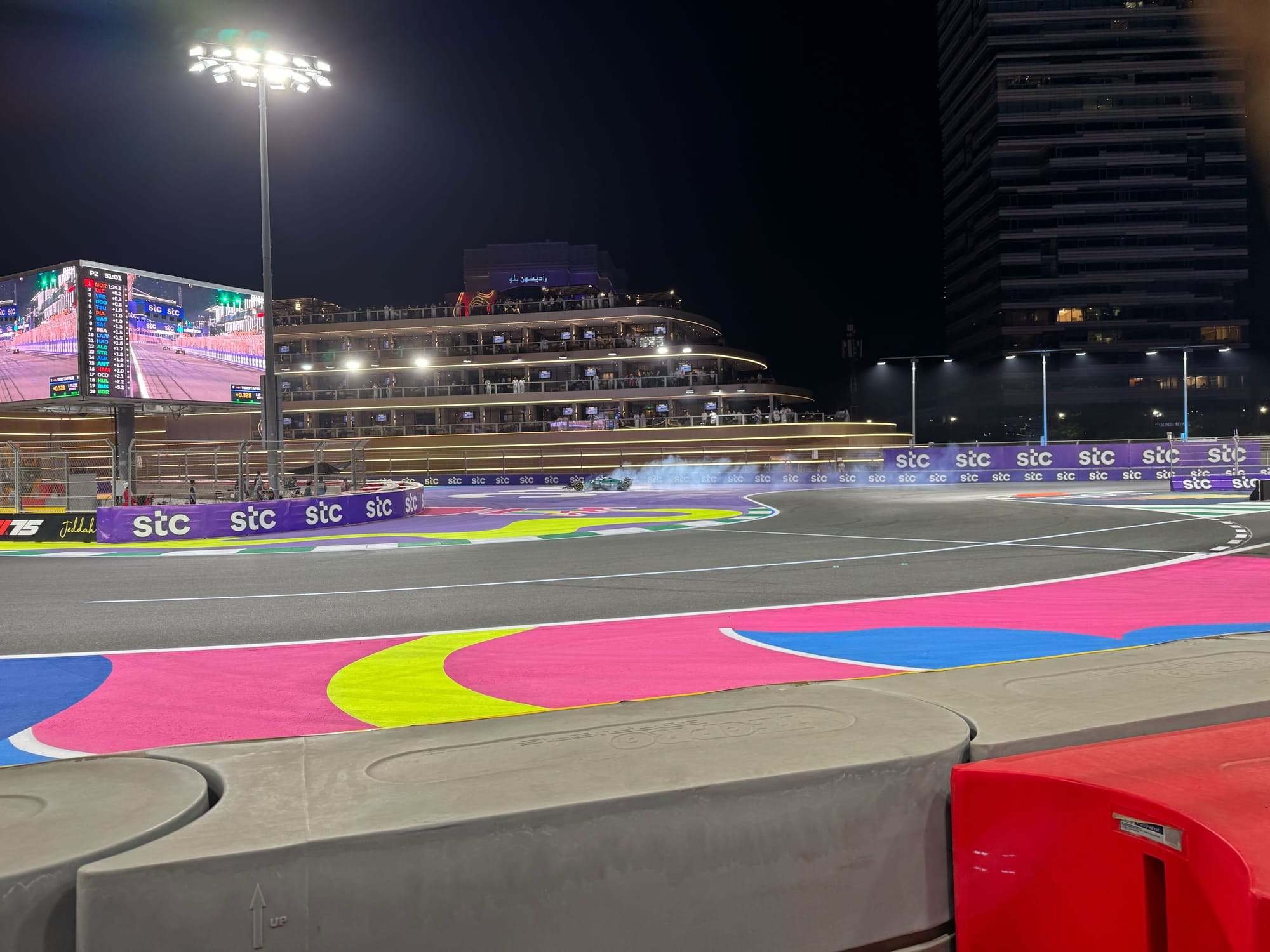
Slow-speed corners
Lance Stroll made a big early impact but not for good reason as his Aston Martin arrived into view backwards, tyres screeching and throwing up plenty of smoke.
It seemed obvious there was a fault of some kind, and both cars were less dramatic the rest of the session, but they weren’t good.
Neither driver had much to work with, as the car was just typically unimpressive and lethargic at low speed.
High-speed corners
Although the Aston Martin is better in quick corners than slow ones, it was unremarkable here. While the car took the bumps in its stride, didn’t slide excessively and appears relatively consistent, it never looks especially quick.
That’s a concern given you would expect it to be at its best in this kind of corner.
Alpine
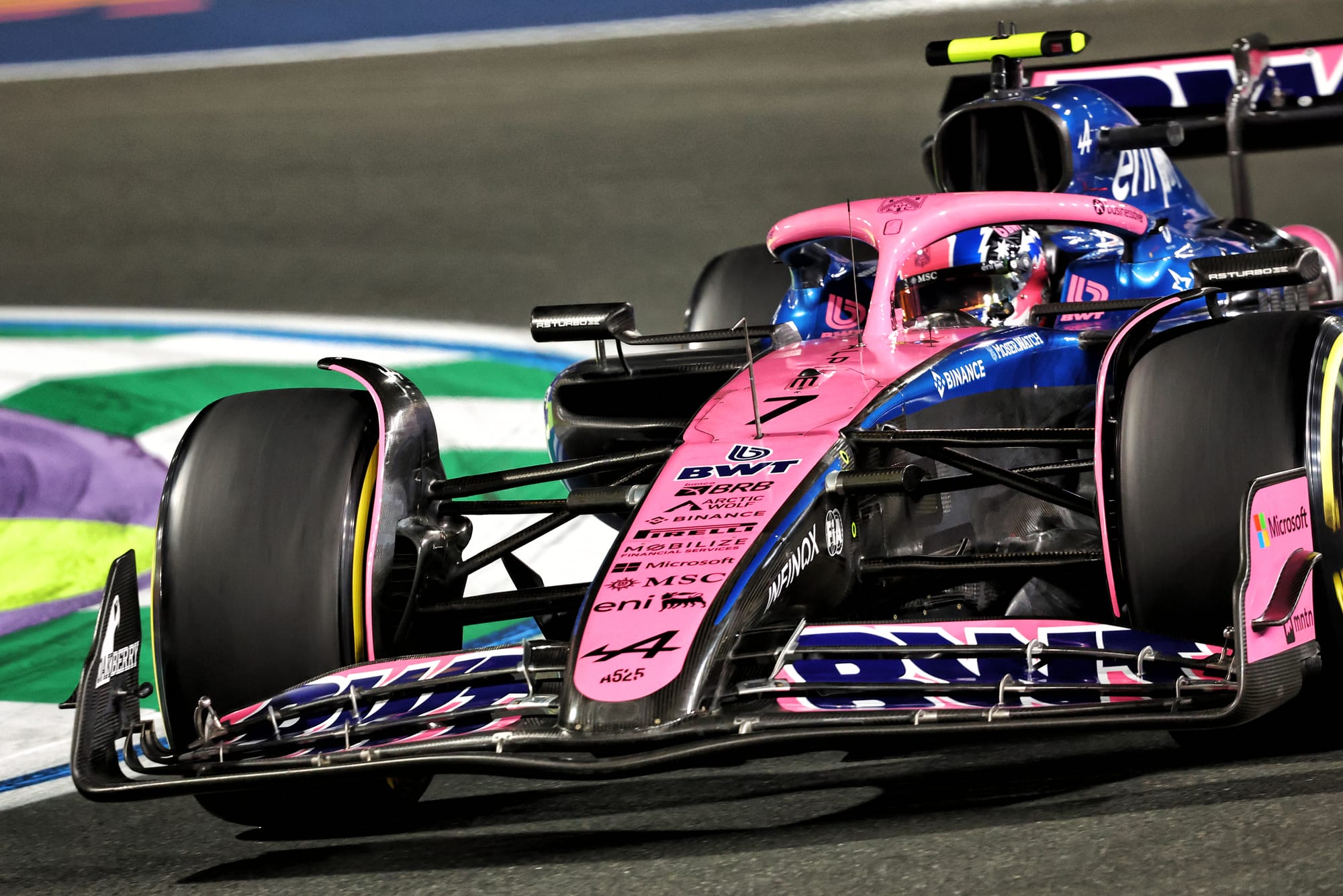
Slow-speed corners
There was nothing about the Alpine that suggested this was the car Pierre Gasly went quickest in during FP1, but that was to be expected given that lap seemed to be pretty much everything Gasly and the car had.
Both drivers seemed strong initially at Turns 1 and 2, but the car seemed to bite a little as they pushed harder - and this maybe spooked Jack Doohan into a bit more caution whereas Gasly was able to mitigate it a little more effectively.
It still looked decent in the midfield, just not at the level of Williams.
High-speed corners
Watch at the entry to Turn 22 and you would back the Alpine to lead the midfield all the way. The trouble was that while prodigious speed could be carried in, by Gasly in particular, the Alpine tended to run out of road quicker than others and be a little wider mid-corner for the transition into the right-hand element.
That points to a car that was well balanced at entry but perhaps got more understeery once into the corner, forcing a compromise to the later part of the turn and exit.
Haas
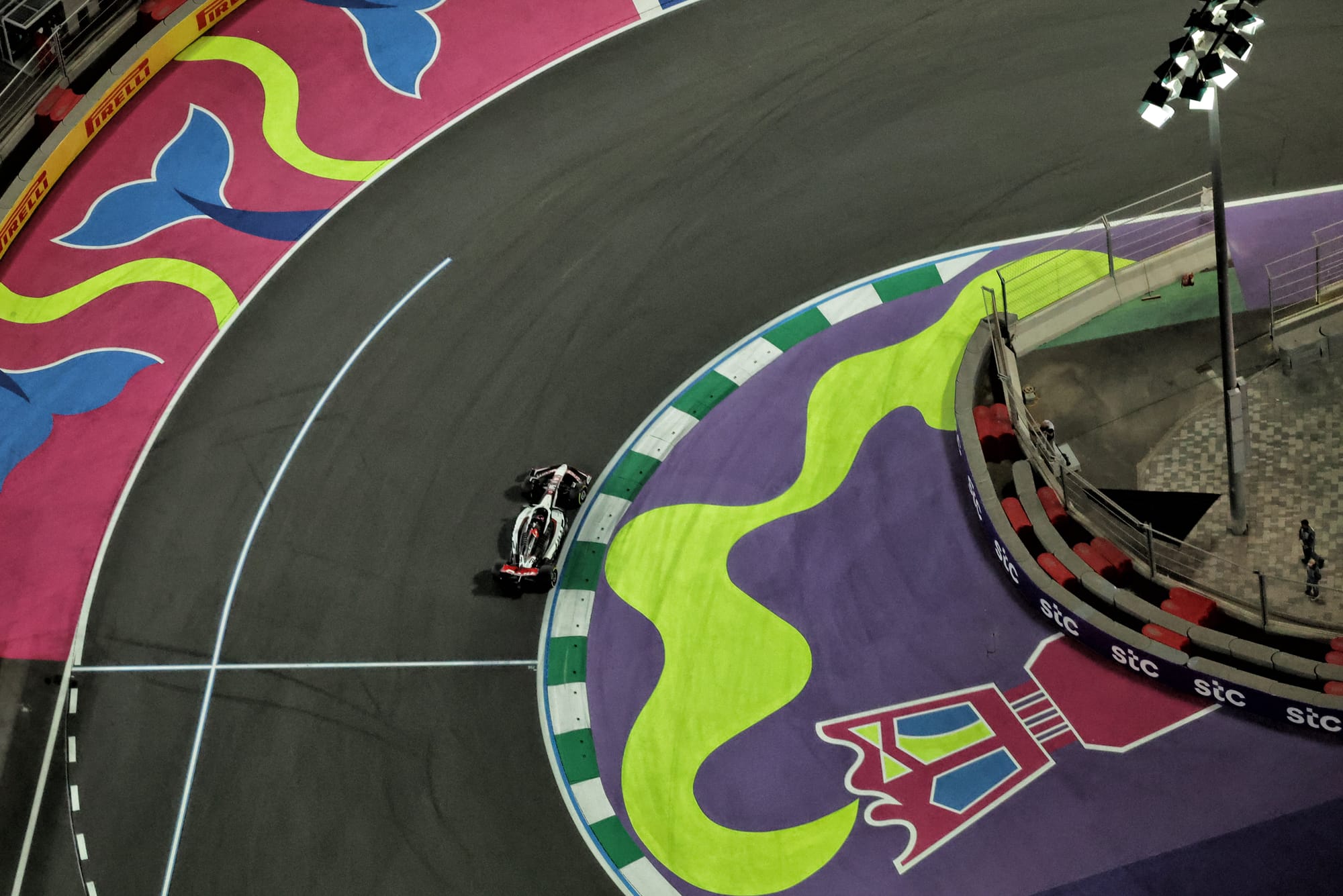
Slow-speed corners
There was a small concern coming into today that Haas could suffer a repeat of its aero issues from Melbourne, and there was a hint from trackside that was the case.
The cars looked unremarkable, but the Melbourne problem was uncovered in high-speed direction changes. It doesn’t manifest itself at low speed.
As the cars just seemed to lack grip at low speed, though, it may point to Haas encountering the problem in FP1, raising the car a little to avoid it in FP2, and then taking it out of the optimal operating window - resulting in a car that’s balanced OK, just slow.
High-speed corners
Both Haas drivers appeared to be carrying too much speed into Turn 22 before struggling badly mid-corner. However, the similarity between the two suggested that this was a car down on grip and sliding mid-corner, meaning this was therefore the best they could do.
That meant it was one of the least impressive cars come the Turn 23 right-hand kerb.
Racing Bulls
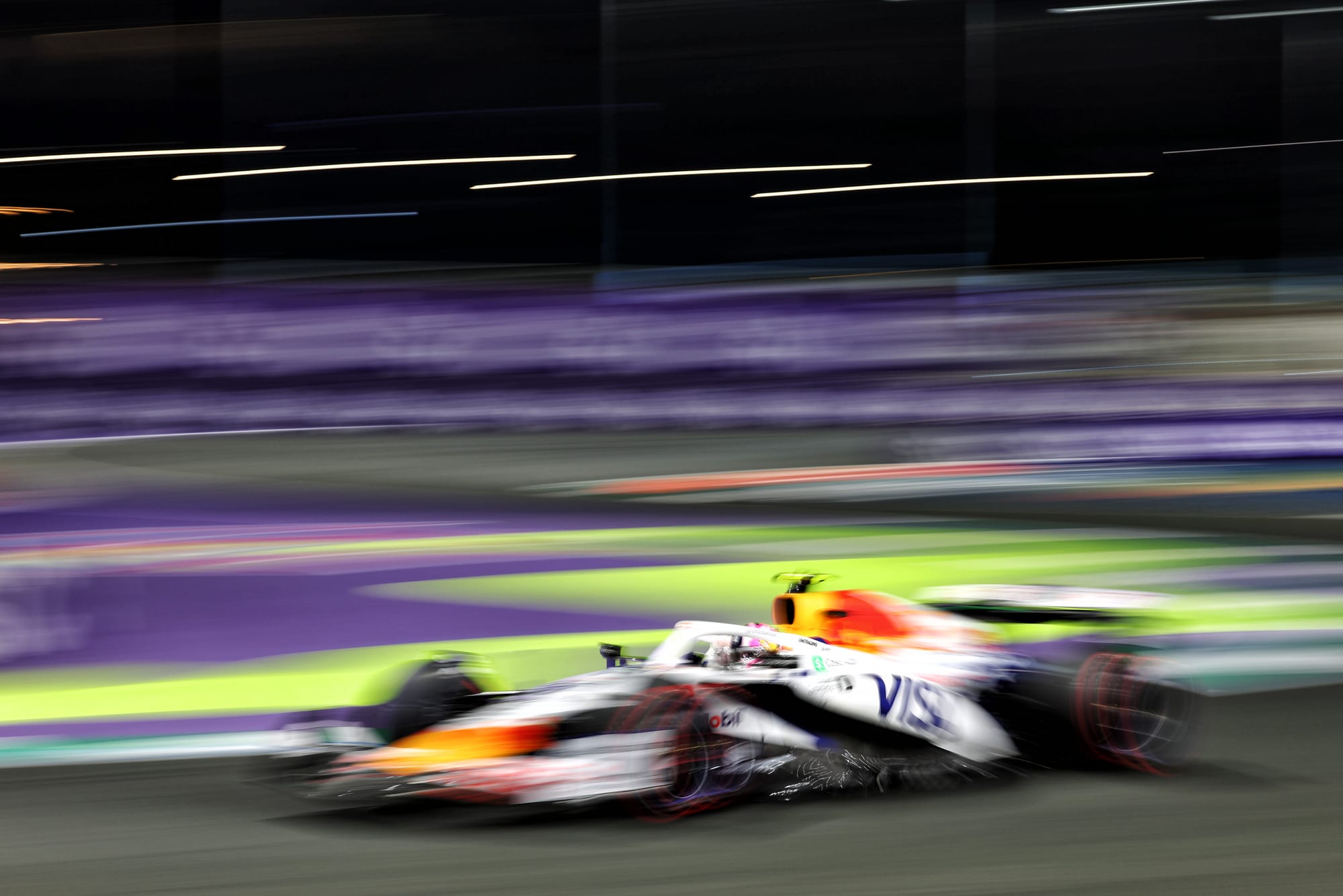
Slow-speed corners
So often this season, the Racing Bulls have caught the eye looking planted and with the drivers free to push without worrying about being spat off.
The benign trait has been a big strength, but here it looked like a weakness. Isack Hadjar was among the first to go across the Turn 1 run-off, but both cars often seemed underrotated as understeer took them past the first apex and made it look a handful getting it through the second part.
High-speed corners
The VCARB looked reasonably well-balanced through Turn 22/23, turned in predictably and didn’t slide too much, but overall gave the impression of a car that couldn’t carry as much speed as its midfield rivals.
The balance didn’t appear to be a significant problem, just the overall grip level.
Williams
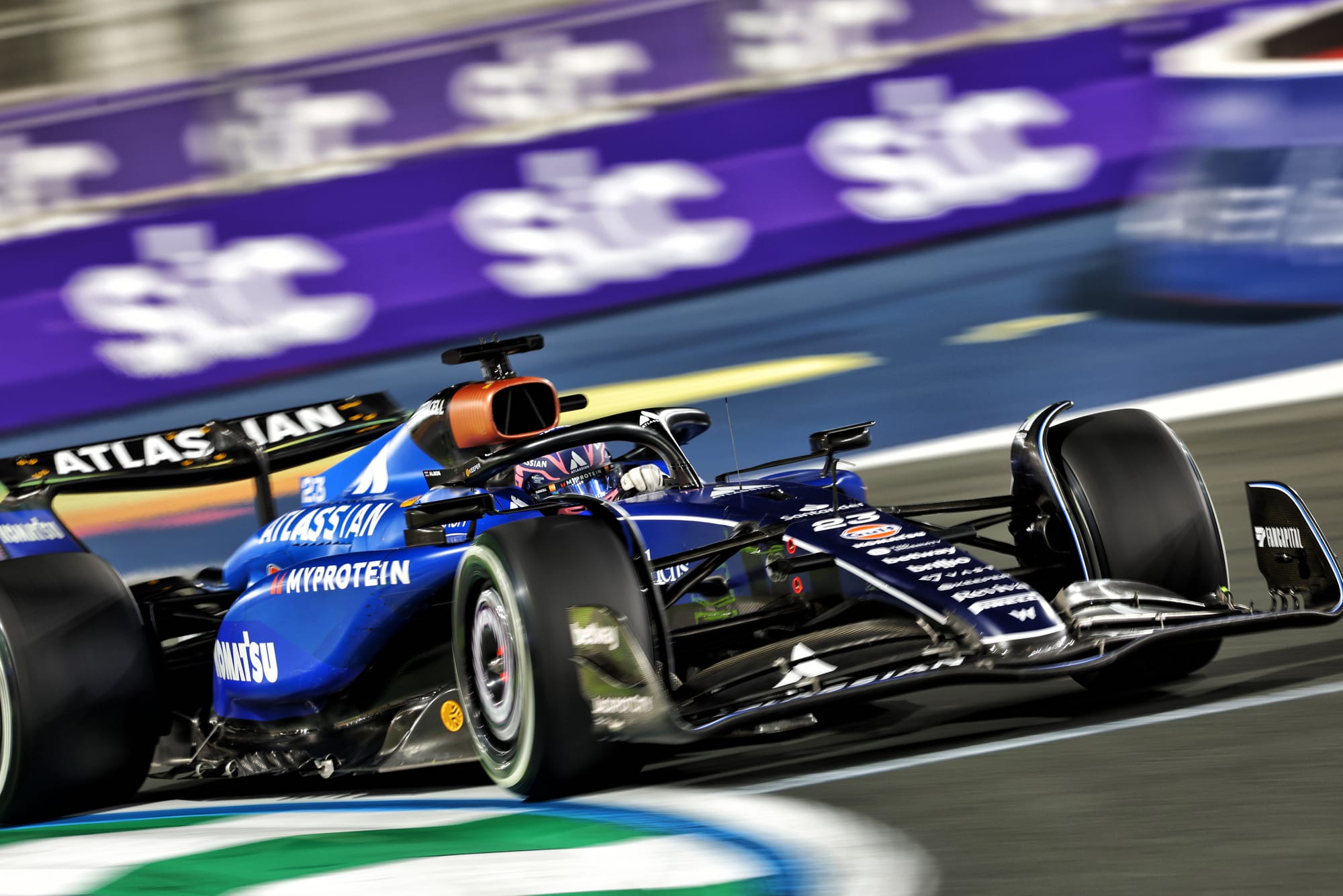
Slow-speed corners
Williams looked like the best midfield car here by some margin, from the start of the session to the end.
There is actually little to say about it beyond how it left the same impression as pre-season testing: quick pretty much every time through.
High-speed corners
Watch at the entry to Turn 22 and the Wiliams looked unremarkable. But where it really came into its own is later in the corner where both Alex Albon and Carlos Sainz appeared able to change direction sharply and carry significant speed through the transition from left to right-hander.
That proved a big positive for the flat-out blast that follows.
Sauber
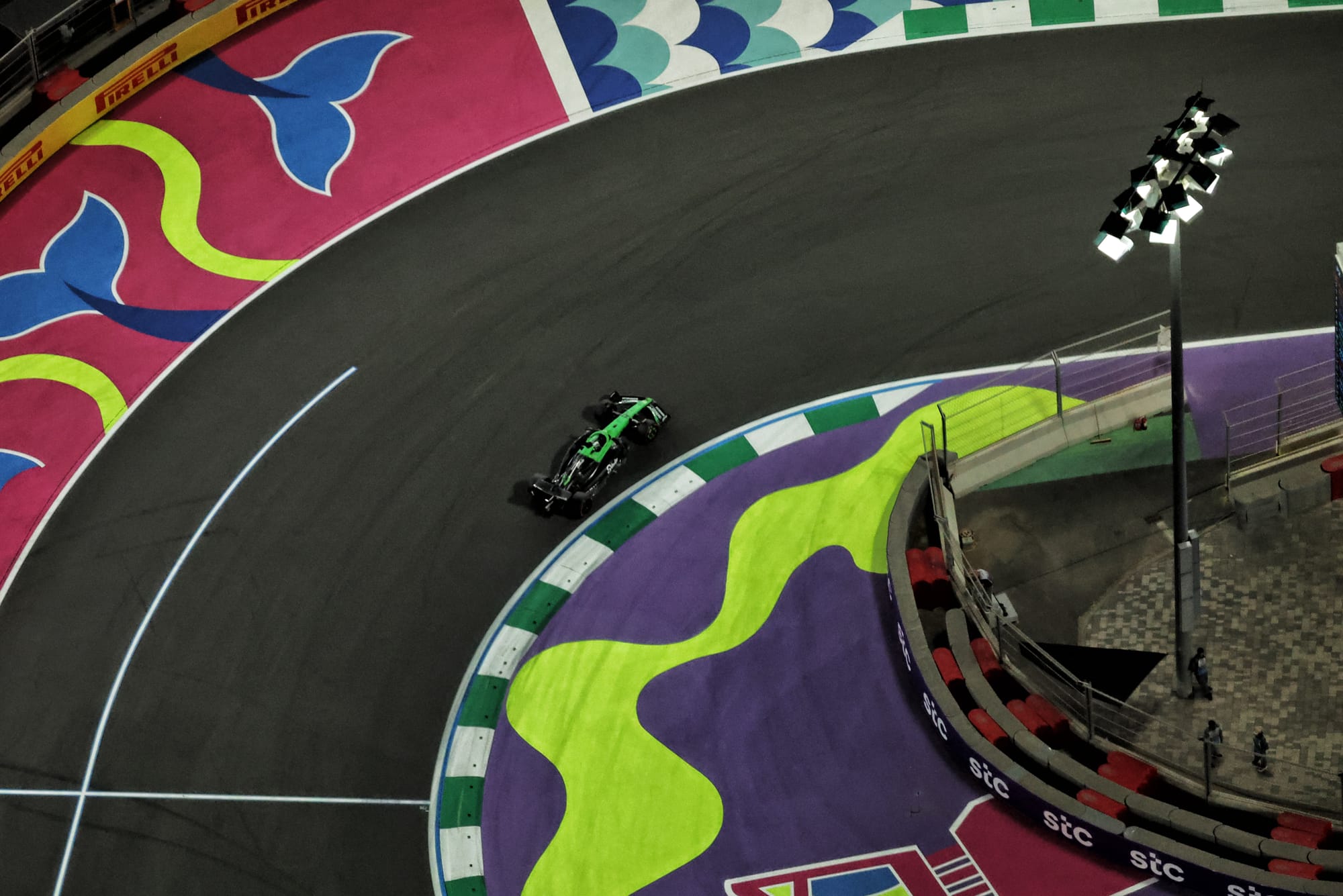
Slow-speed corners
Gabriel Bortoleto’s absence meant it fell to Nico Hulkenberg to be judged behind the wheel of the Sauber - and he was having to work hard.
He looked like he carried way too much speed through Turn 1 on his first flying lap on softs, but somehow gathered it up, got it stopped and turned into Turn 2 with only a minimal power delay on exit.
This did not look like a good car to drive - but somehow, based on the laptimes, Hulkenberg made it work.
High-speed corners
The Sauber doesn’t look too bad in Turn 22/23, but it never looked particularly good. That suggested a car with decent enough high-speed balance, at entry at least, but just lacks overall grip and therefore struggles more than others with the direction change and to carry the speed into Turn 23.










